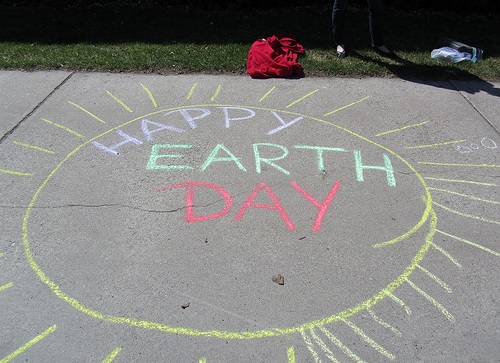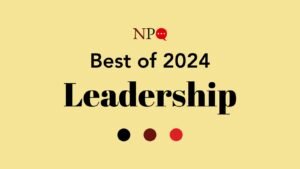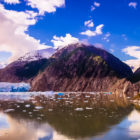
April 22, 2015; Nonprofit Quarterly original reporting
On Earth Day, Green 2.0, an initiative concerned with helping diversify the environmental sector, including NGOs and government agencies, released the names of 28 of the largest environmental organizations that have pledged to be transparent about their racial, gender, and class diversity data as a big step toward acknowledging and improving the diversity problem in the sector.
Why is it important for this data to be recorded and collected? Because it is the most comprehensive way of charting the progress that is being made or not being made within the sector. These 28 organizations are drawn from among the other 1000 organizations in the sector that have also submitted their diversity data. The initiative is in conjunction with GuideStar and D5, a coalition dedicated to increasing diversity in the nonprofit sector.
Among the organizations that have made the pledge are several big name groups, like the William & Flora Hewlett Foundation, the W.K. Kellogg Foundation, and the Rockefeller Brothers Fund. Several nonprofit organizations were also highlighted for their commitment to sharing diversity data, such as EarthJustice, Sierra Club, Defenders of Wildlife, and more.
The proposal to track diversity data in the sector was first made after a report, “The State of Diversity in Environmental Organizations,” which NPQ covered last year, found some troubling statistics. The study focused on three types of environmental groups in the sector, government agencies, grantmaking foundations and nonprofits. According to that report, which was led by principal investigator Dorceta Taylor, PhD, although significant gains have been made in terms of gender diversity, most of the progress has been seen among white women already employed within the organization. Seventy percent of presidents and board chairs of conservation/preservation organizations were males. Even more strikingly, minorities only composed 16 percent of the total board makeup in the organizations surveyed, even though minorities are 38 percent of the entire U.S. population.
Among its recommendations, the report indicated that diversity data should be collected among environmental organizations. And yet, whether as an intentional omission or as a result of not having the data to begin with, several influential organizations have yet to release their own information. The graphic provided by Green 2.0 is equally compelling when it comes to those organizations that have not pledged their commitment to diversity, compared to the amount of their grant appropriation:
Sign up for our free newsletters
Subscribe to NPQ's newsletters to have our top stories delivered directly to your inbox.
By signing up, you agree to our privacy policy and terms of use, and to receive messages from NPQ and our partners.

Caption: Infographic Courtesy of Green 2.0
While ClimateWorks Foundation, World Wide Fund, and Conservation International are some of the foundations receiving the most funding in grants, according to the most recent data obtained through GuideStar, they have yet to submit data about how diverse their organizations are. The same infographic also indicates which among those organizations that have submitted their data also have diversity committees, plans, and managers in place as further demonstrations of concrete steps being taken to ensure diversity is addressed in their workplaces.
The goal of diversity within the environmental nonprofit sector is worth pursuing not simply for its social justice significance. Several leaders leading the effort have indicated that in order to successfully address environmental concerns, diversity is a strategic necessity for such invested organizations.
On the press call announcing the reveal, Kris Sarri, the Principal Deputy Assistant Secretary for Policy, Management and Budget for the United States Department of the Interior, read part of a 2011 Executive Order, “Establishing a Coordinated Government-wide Initiative to Promote Diversity and Inclusion in the Federal Workforce,” which illustrates well why our strength in solving many of the important issues lies in a diversity of minds, perspectives and peoples:
“Our Nation derives strength from the diversity of its population and from its commitment to equal opportunity for all. We are at our best when we draw on the talents of all parts of our society, and our greatest accomplishments are achieved when diverse perspectives are brought to bear to overcome our greatest challenges.”
A true diversity of experiences and knowledge that different people can bring to the issue of environment sustainability and climate change can truly start to tackle these monumental global problems. It would behoove the organizations that have not yet shown their support for the Green 2.0 transparency initiative to recognize the value of furthering progress for diversity in the workplace.—Shafaq Hasan











